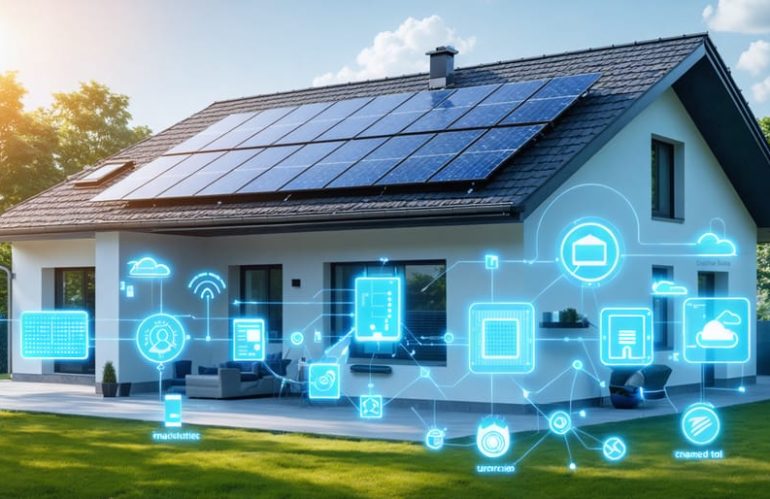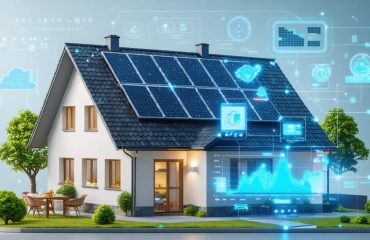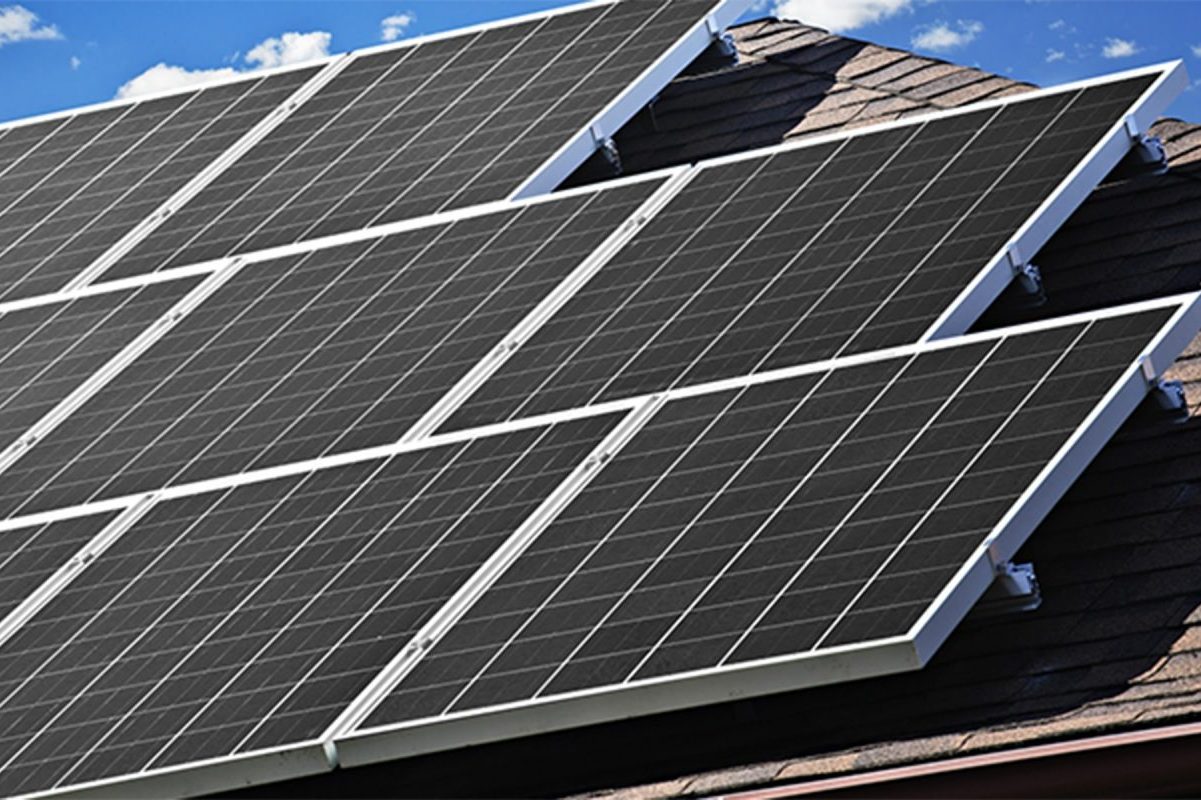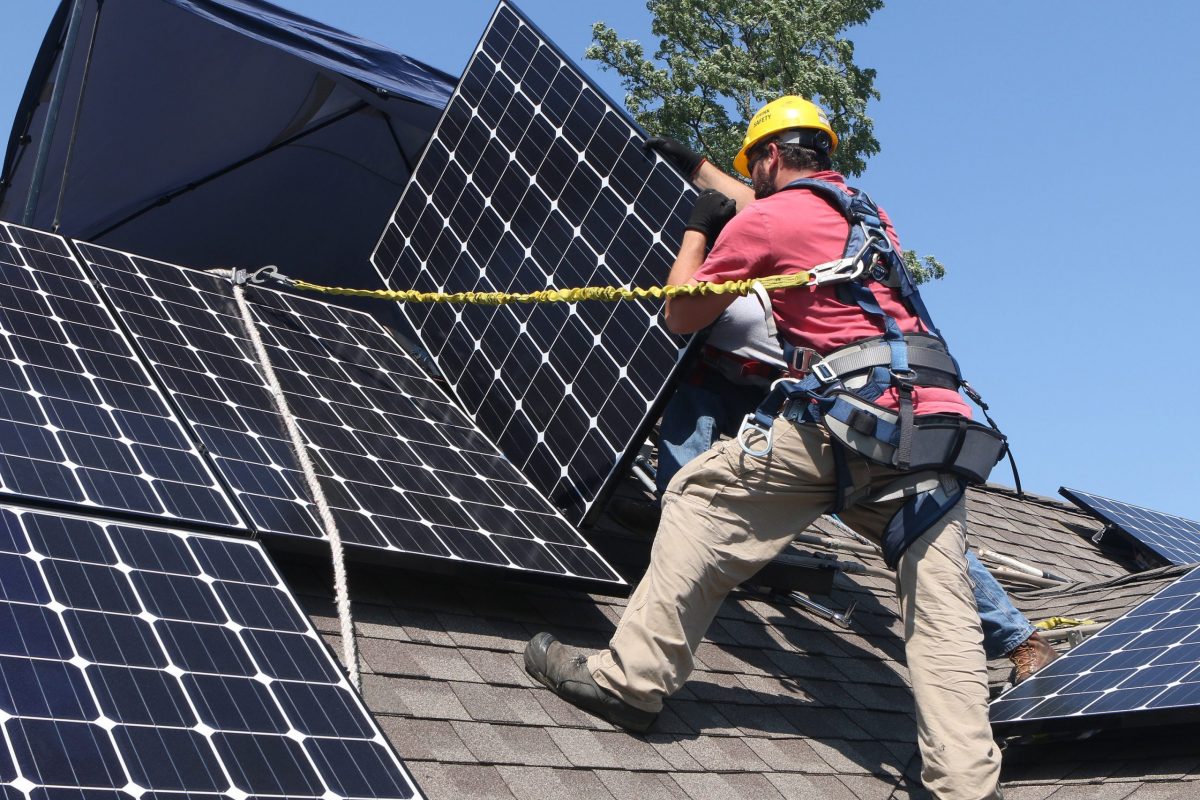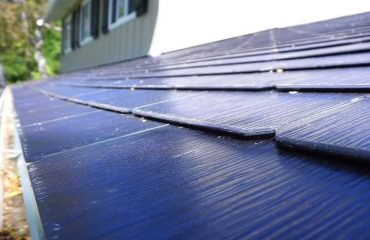Transform your home into an energy-efficient powerhouse by integrating smart panels with residential solar power systems. Modern smart home panels serve as the central nervous system of your sustainable living space, seamlessly connecting solar generation, energy storage, and intelligent consumption monitoring in one intuitive interface. By combining real-time energy management with automated controls, these systems typically reduce household energy costs by 20-30% while maximizing solar investment returns.
Installing a smart home panel marks a significant step toward energy independence, offering unprecedented control over your home’s power consumption and generation. The latest systems feature user-friendly touchscreens, smartphone integration, and AI-powered optimization that automatically adjusts energy usage based on solar production, battery levels, and peak rate periods. Whether you’re starting fresh with solar installation or upgrading an existing setup, smart panels provide the essential bridge between clean energy generation and intelligent home management.
This comprehensive guide explores everything you need to know about selecting, installing, and maximizing the benefits of your smart home panel system, ensuring a seamless transition to smarter, more sustainable living.
What Makes a Solar Panel System ‘Smart’?
Key Components of Smart Solar Integration
The heart of any smart solar installation lies in three essential components that work together seamlessly. First, smart inverters serve as the brain of your system, converting DC power from your panels into usable AC electricity while optimizing energy production. These advanced inverters automatically adjust to weather conditions and can even prevent power surges.
Smart monitoring systems keep you informed about your system’s performance through user-friendly mobile apps. These systems track energy production, consumption patterns, and potential issues in real-time, helping you make informed decisions about your energy usage. Many homeowners appreciate the ability to check their solar performance from anywhere, just like checking their smart thermostat.
The control panel ties everything together, acting as the command center for your solar setup. Modern control panels feature intuitive touchscreen interfaces and can integrate with your existing smart home devices. They allow you to set energy preferences, schedule power usage during peak production hours, and even coordinate with battery storage systems for maximum efficiency. These components work together to create a truly intelligent solar solution that adapts to your lifestyle while maximizing energy savings.
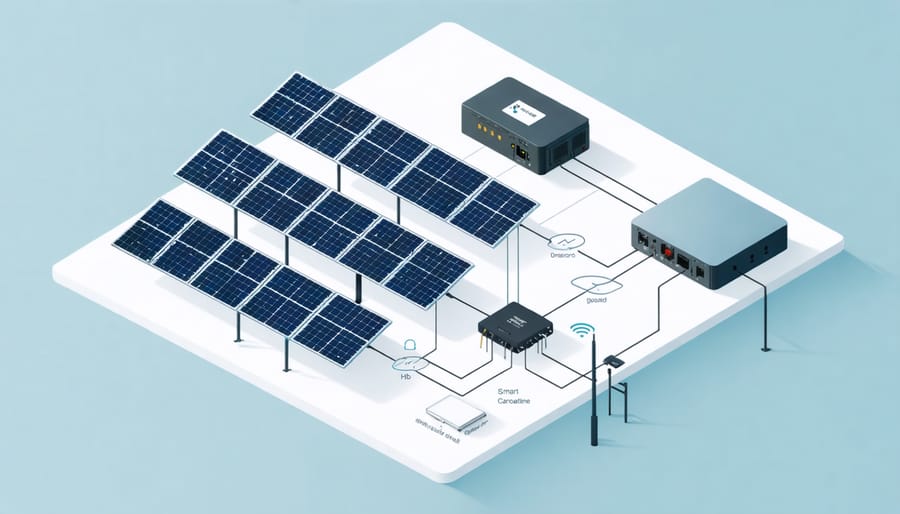
The Brain Behind the System
At the heart of your smart home solar system lies the control hub – the central command center that orchestrates the harmony between your solar panels and smart devices. This intelligent controller monitors your home’s energy production and consumption in real-time, automatically adjusting power distribution to maximize efficiency.
Modern smart home hubs seamlessly integrate with solar panel systems through dedicated apps and interfaces, giving you complete control from your smartphone or tablet. They collect data about your energy usage patterns, weather conditions, and peak production hours to optimize your system’s performance. The hub can automatically direct excess solar power to charge battery storage systems or power specific appliances when energy production is at its peak.
What makes these control systems truly remarkable is their ability to learn and adapt. They analyze your household’s routines and adjust settings accordingly – dimming lights when rooms are empty, managing thermostat settings based on solar production, and even scheduling energy-intensive tasks like charging electric vehicles during peak solar hours. This intelligent management ensures you’re making the most of your solar investment while maintaining comfort and convenience.
Real Benefits of Smart Solar Panel Integration
Enhanced Energy Management
Smart home panels revolutionize the way we manage household energy consumption through intelligent monitoring and automated control systems. By integrating with your home’s electrical system, these panels provide real-time insights into energy usage patterns and automatically optimize power distribution throughout your home.
The system learns your household’s routines and adjusts accordingly, ensuring energy is directed where and when it’s needed most. For example, during peak sunlight hours, your panel can prioritize running energy-intensive appliances while excess solar power is available. During off-peak hours, it automatically reduces consumption in unused areas of your home.
Advanced features include automated load balancing, which prevents energy waste by distributing power efficiently among different circuits. The panel’s smart algorithms can detect and shut off phantom loads – those sneaky energy drains from devices in standby mode – potentially saving hundreds of dollars annually on your electricity bills.
Weather-responsive programming allows your system to adapt to changing conditions. On cloudy days, it might automatically adjust your HVAC settings or delay non-essential appliance usage until solar production increases. Many systems also offer smartphone integration, enabling you to monitor and adjust energy usage remotely.
Most importantly, these smart panels provide detailed energy consumption reports, helping you make informed decisions about your usage patterns and identify opportunities for additional savings. This data-driven approach typically results in 15-30% reduction in overall energy consumption for most households.
Remote Monitoring and Control
Modern smart home panels transform your solar system into an intelligent energy management hub that you can control right from your smartphone. Through dedicated apps, you can monitor your system’s performance in real-time, track energy production and consumption, and make informed decisions about your power usage.
The remote monitoring capabilities let you check your solar panel output anywhere, anytime. You’ll receive instant notifications about system performance, potential issues, or maintenance needs. This proactive approach helps prevent problems before they affect your energy production.
Automation features take convenience to the next level. You can program your system to automatically adjust based on weather forecasts, electricity rates, or your daily routines. For example, your system can store more energy in batteries when storms are predicted or shift heavy power usage to peak solar production hours.
The smart integration also provides detailed analytics and reports. You can view historical data, compare monthly performance, and identify patterns in your energy consumption. This insight helps you optimize your system’s efficiency and maximize your energy savings.
Many systems also offer voice control through popular smart home assistants, making it even easier to check system status or adjust settings. The ability to control your solar setup remotely not only enhances convenience but also ensures you’re getting the most value from your renewable energy investment.
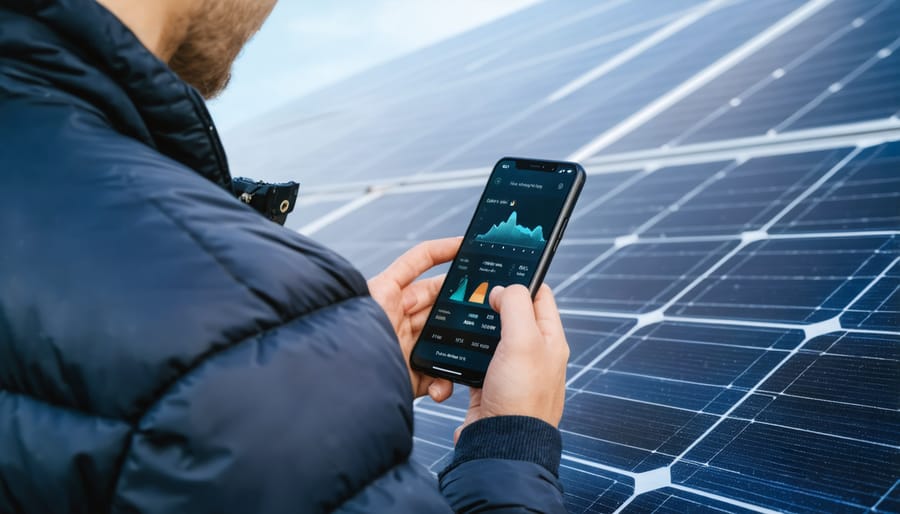
Setting Up Your Smart Solar System
Planning Your Integration
Before diving into your smart home panel installation, proper planning is essential for a smooth integration process. Start by conducting a thorough assessment of your existing home setup, including your current electrical system and any smart devices you already use. Take measurements of your available wall space and ensure you have adequate room for both the panel and any required clearance around it.
Next, review your home’s internet connectivity. A stable, reliable connection is crucial for smart home functionality. Consider installing a mesh network system if you have dead zones or weak signals in certain areas. Also, check your home’s electrical capacity to ensure it can handle the additional load from new smart devices.
Compatibility is another key consideration. Make a list of all your current smart devices and research their compatibility with different smart home systems. Look for panels that support multiple protocols like Zigbee, Z-Wave, or Wi-Fi to ensure maximum flexibility. Many manufacturers provide online compatibility checkers or detailed documentation about supported devices.
Don’t forget to consider future expansions. Choose a panel that allows for growth as your smart home needs evolve. This might mean selecting a system with extra capacity or one that’s easily upgradable. Also, check if your preferred panel requires a subscription service and factor this into your budget planning.
Finally, consult with a qualified electrician to review your plans. They can verify that your intended installation location meets all local building codes and safety requirements. This professional insight can help prevent costly modifications later and ensure your smart home panel operates safely and efficiently.
Installation and Setup Process
The installation of a smart home panel typically begins with a professional assessment of your home’s electrical system and existing smart devices. A certified technician will evaluate your current setup and determine the optimal location for the panel, usually near your main electrical box or in a central, easily accessible area.
Before installation day, ensure all necessary permits are obtained and your home’s Wi-Fi network is functioning properly. The installation process usually takes 4-6 hours, depending on your home’s configuration and the complexity of the system.
The technician will start by powering down your main electrical system for safety. They’ll then mount the smart panel to the wall, ensuring it’s level and properly secured. Next comes the careful process of connecting the panel to your home’s electrical circuits and installing any necessary sensors throughout the house.
Once the physical installation is complete, the technician will power up the system and begin the configuration process. This includes connecting the panel to your home’s Wi-Fi network, installing any required software updates, and pairing it with your smart devices.
The final step involves setting up your user account and walking you through the basic operations. Your installer will help you download the necessary apps, create automation schedules, and understand how to monitor your energy usage. They’ll also provide documentation for future reference and explain the warranty coverage.
Most installations include a follow-up check after a few days to ensure everything is working correctly and address any questions that may have arisen during your initial use of the system.

Popular Smart Home Devices That Work With Solar
Smart Thermostats and HVAC
Smart thermostats represent a game-changing addition to your solar-powered home, offering precise control over your HVAC system while maximizing energy efficiency. Through smart thermostat integration, these devices communicate directly with your solar panel system to optimize energy usage based on real-time solar production.
These intelligent devices learn your temperature preferences and daily routines, automatically adjusting your home’s climate to use more power during peak solar production hours. For example, they might pre-cool your home during sunny afternoons when your panels are generating maximum electricity, reducing the need for grid power during evening hours.
Many smart thermostats also offer smartphone apps that provide detailed insights into your energy consumption patterns. You can track how much of your HVAC usage is powered by solar energy and make informed decisions about your comfort settings. Some models even factor in weather forecasts to anticipate solar production and adjust accordingly.
The real beauty of these systems lies in their ability to help you maximize self-consumption of your solar power. When your panels are producing excess energy, your smart thermostat can automatically trigger your HVAC system to run, essentially using your home as a thermal battery. This feature helps reduce your reliance on the grid and maximizes the return on your solar investment.
Battery Storage and Backup Systems
Modern smart homes deserve equally smart power management systems. Integrating solar battery storage solutions with your smart panel installation ensures uninterrupted power supply while maximizing energy efficiency.
Today’s battery systems do more than just store excess solar power. They actively learn your household’s energy consumption patterns and automatically adjust power distribution to optimize usage. During peak rate periods, these systems can switch to stored energy, helping you save significantly on utility bills.
Smart batteries also provide peace of mind during power outages. When the grid goes down, your essential appliances and smart home devices continue running seamlessly. Most modern systems include user-friendly apps that let you monitor battery levels, track energy usage, and control power distribution right from your smartphone.
The latest battery storage systems are compact, maintenance-free, and designed to last for years. They integrate smoothly with existing smart home setups, including voice assistants and home automation systems. Many homeowners find that adding battery storage to their smart panel installation pays for itself through reduced energy bills and increased energy independence.
For maximum benefit, consider installing multiple battery units based on your home’s size and energy needs. This scalable approach allows you to expand your storage capacity as your energy requirements grow.
As we’ve explored throughout this guide, smart home panel installation represents a significant step forward in sustainable living and energy management. By combining solar technology with smart home automation, you’re not just reducing your carbon footprint – you’re creating a more efficient, comfortable, and cost-effective living space.
The benefits are clear: reduced energy bills, increased property value, and the satisfaction of contributing to a greener future. With real-time monitoring capabilities, you can track your energy production and consumption, making informed decisions about your power usage. The ability to integrate your solar system with other smart home devices creates a seamless ecosystem that works together to maximize your energy efficiency.
While the initial investment might seem substantial, the long-term savings and available tax incentives make smart solar panels an increasingly attractive option for homeowners. As technology continues to advance and prices become more competitive, there’s never been a better time to make the switch to smart solar power.
Whether you’re motivated by environmental concerns, financial savings, or the desire to embrace cutting-edge technology, smart home panel installation offers a solution that delivers on all fronts. By taking this step, you’re not just investing in your home – you’re investing in a sustainable future while enjoying the convenience and control that smart technology provides.
Take the first step toward energy independence and join the growing community of homeowners who are already benefiting from this innovative technology.

